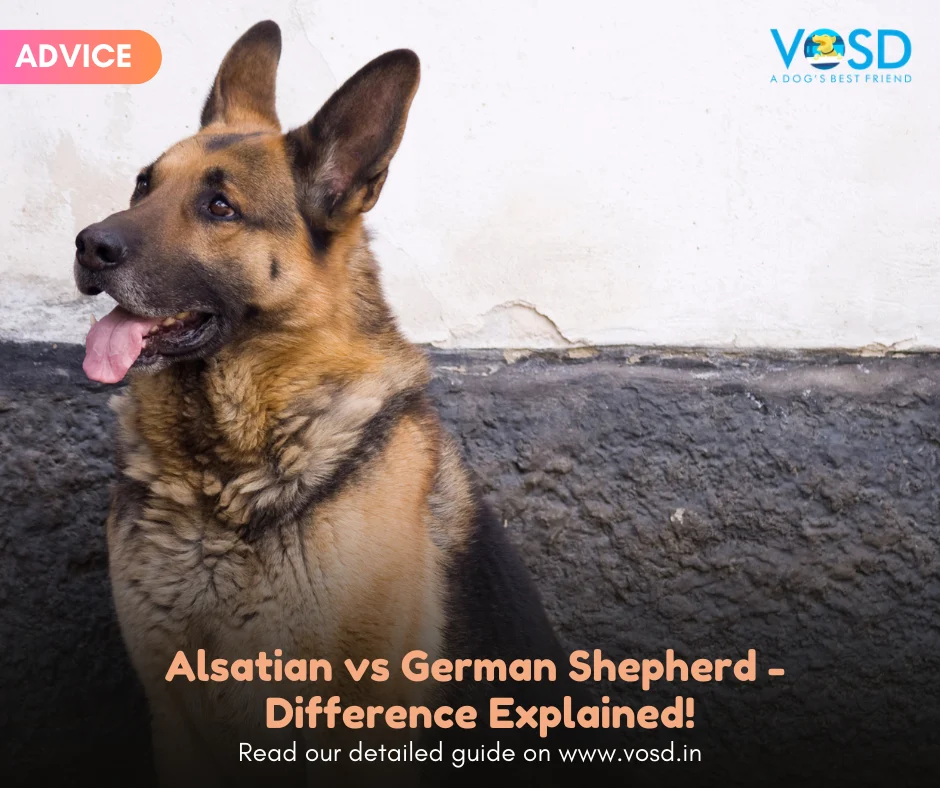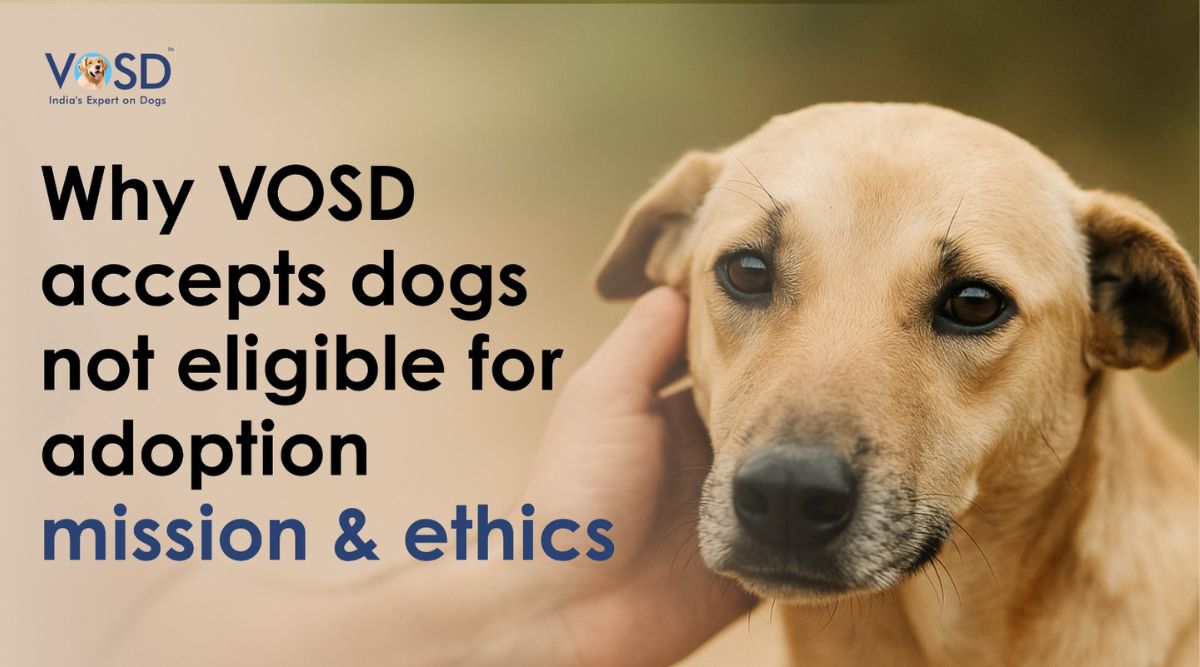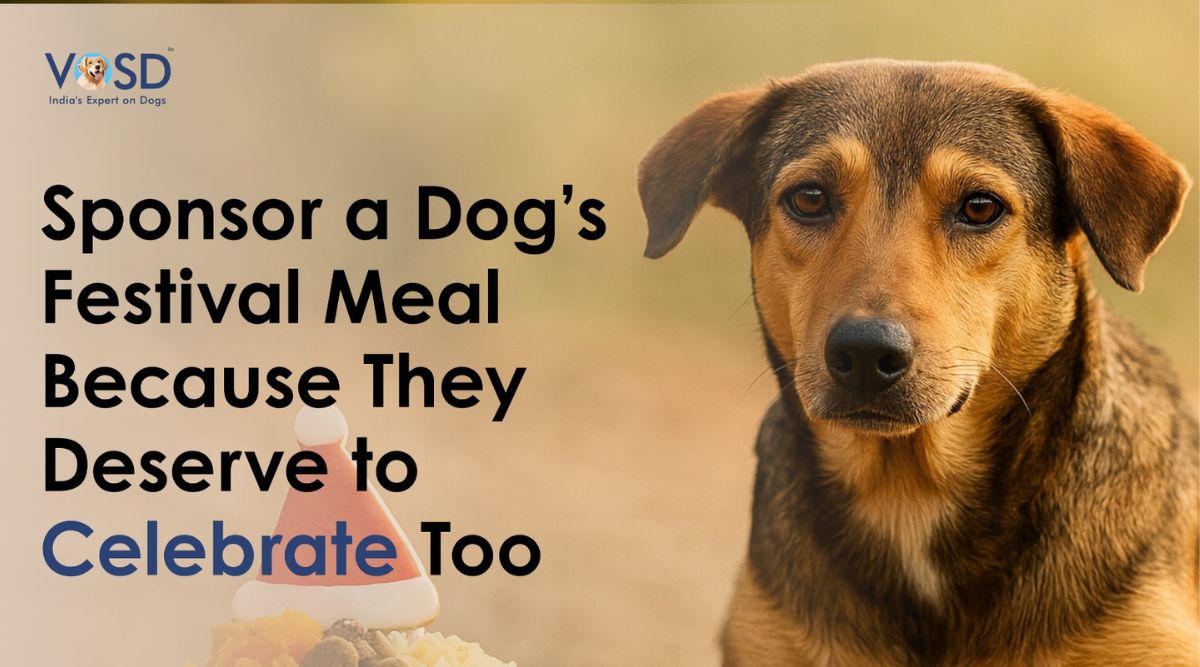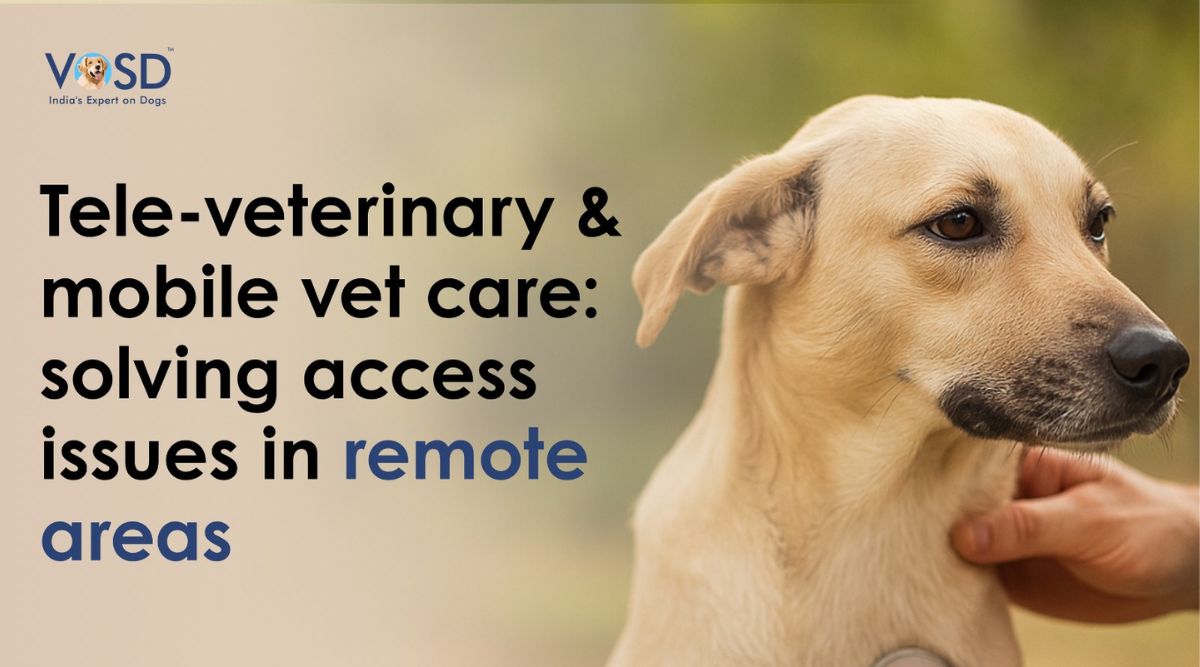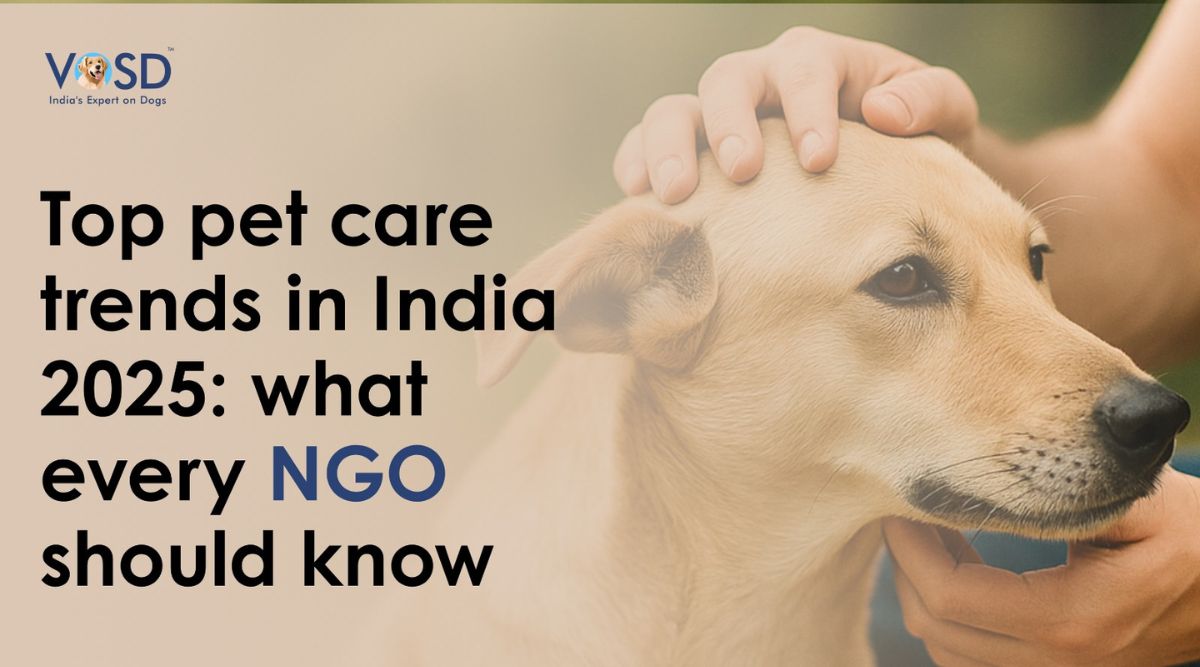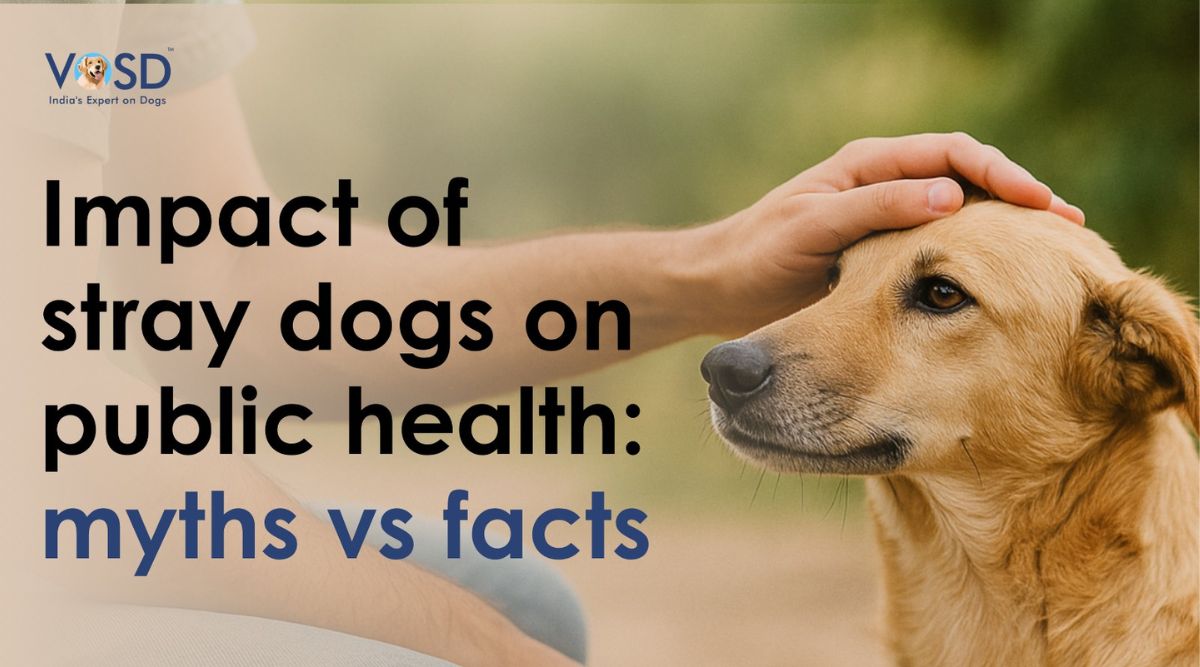There are many dog breeds, and it is not quite easy to identify each one accurately. In some cases, the same breed is known by different names. This can cause some confusion as to which breed a particular dog belongs to. One can debate long to establish the name of a breed, and this is true of Alsations and German Shepherds. This leads to a comparison between the two, Alsatian vs German Shepherd. Are Alsatians and German Shepherds one and the same? Is there any difference between an Alsatian and German Shepherd? The answer to this question is a simple definite ‘Yes’.
Then, why is there so much confusion and debate? It stems from the similar appearance and hearing people call them by different breed names. Let us get clarity and understand once and for all that they are not different breeds.
The only difference is that they have two names depending on which country they are from.
Why One Name for Two Dogs?
The German Shepherd was originally called Deustcher Schaferhound, meaning German Shepherd Dog. As far back as in 1899, this breed was raised as a working dog. However, during World Wars I and II, the German Shepherd became hugely popular and was praised for its agility and intelligence.
During the war, the British were engaged in a fierce battle with forces from Germany, with one such battle in the region of Alsace-Lorraine bordering France and Germany. The British eschewed anything with the word German in them. Since both countries found the German Shepherds useful and strong, the British appreciated this breed except for its name. So, at the time of the battle the breed got the name Alsatian after the region between France and Germany called the Alsace-Lorraine.
Once World War II was over, the word German did not find favour with people for obvious reasons, and the name changed, more or less officially, from German Shepherd Dog to Alsatian. Considering Germany’s role during World War II, it was natural for people to try and remove all association with Germany, which included the name of the dog breed.
This name change lasted until around 1925. At this time, the Alsace club reverted to the old name of German Shepherd Dog and so did the American Kennel Club. However, the Kennel Club of UK resisted the change and continued to call them Alsatian, and placed the name German Shepherd within brackets.
The breed’s name was once again changed in 1977 when the breed’s primary name became German Shepherd and the name Alsatian was placed within brackets! It is only as recently as 2010 that the name Alsatin was finally dropped and this breed is now known as German Shepherd.
So, Both Names Are Correct?
Both names, Alsatian and German Shepherd are correct, and either can be used. After the World Wars were over, it was deemed more politically correct to call them Alsatians instead of German Shepherds. Over the next few years, the name of the breed changed as per the Kennel Club records.
You may find people in some parts of Europe still use Alsatian, although German Shepherd has become the more commonly used name. Rest assured that you’re not wrong in using either name. You would always be talking about a single breed of dog whether you call it Alsatian or German Shepherd.
Want to Sponsor a German Shepherd (or Alsatian)?
Love dogs? Care about their well-being? Why not sponsor a dog?
VOSD has performed 8000+ dog rescues and has an intake of 200+ dogs each year. These dogs are mostly abandoned, injured, and in need of love, rehabilitation, and treatment. VOSD is India’s top no-kill dog sanctuary. At VOSD, you can show your love for dogs and concern for their well-being by simply sponsoring a dog virtually.
Why should you sponsor a dog at VOSD?
Being a no-kill dog sanctuary, VOSD has a number of dogs with varying needs. Each one of them needs love and attention from the entire team. From dogs traumatized by accidents to those who have been victims of abuse and cruelty, we rehabilitate all kinds of dogs and help stray dogs live a life of dignity. We need your help in continuing our work and providing the same sanctuary for more such dogs in need.

